Designers have many important steps when generating content. It doesn’t matter how interesting the imagery if the composition isn’t well executed it will feel unbalanced and disproportionate.
Arguably, the composition is the most important basic to get right. Forming a cohesive design doesn’t have to be over-complicated and there are a few basic rules to follow that will lead to a successful composition.

Directing Focus
Used widely across the industry to draw the audience in, directing the eye with lines is an effective way to create a focal point. Positioning type, shapes and objects will help lead the focus ensuring the audience sees the important content first.
A typical and well-known example of this is flowcharts. The lines are an obvious indication of where to look and how to follow. This technique isn’t always so obvious, but with some trial and error, you can completely transform a composition.
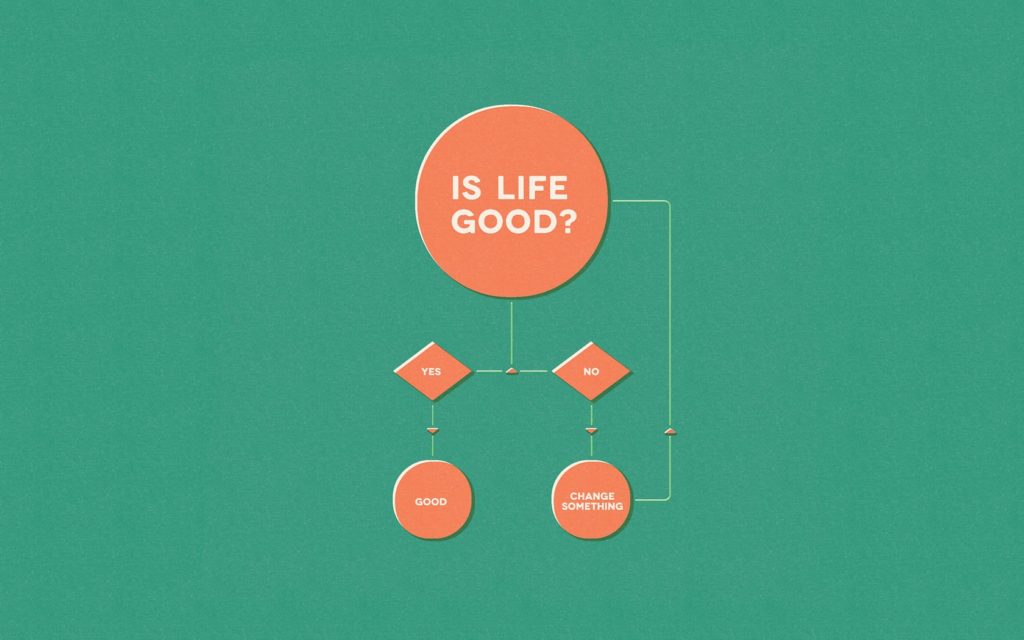
Balance
Keeping the balance can make or break a design. There are two fundamental elements to help with this:
- Symmetry can be subtle and help create a successful balance within your design. Simple reflections will make for an elegant look and is a simple, effective technique.
- Asymmetrical Design has become popular in modern work. When done right, asymmetric design can have an independent, unique feel and helps it to stand out. Consider ‘weight’ and how the elements complement each other.
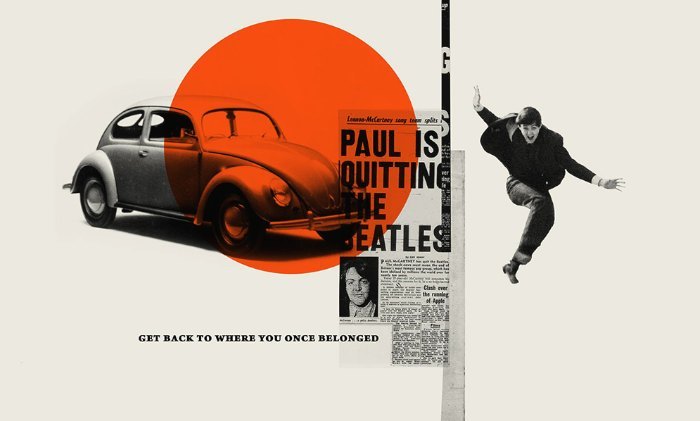
Focus
Having a focus is important for any successful graphic designer. A strong focal point can help you guide your audience through the work and help their eyes naturally settle on your intended message.
When planning your focal point, remember to consider the goal. A mixture of scale, colour, weight, depth, contrast and leading lines all play a huge role in the direction of an audience.
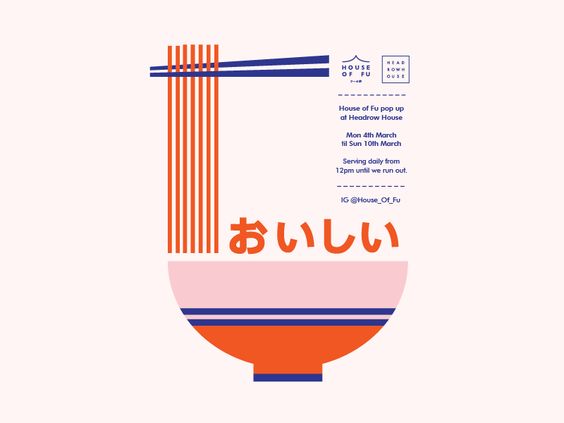
Alignment
Work that isn’t aligned looks unprofessional and can be bad for your reputation as a designer. Using guides and artboards within digital programmes can help keep consistency and will keep your work even.
Breathing room will keep the elements neat and clean.
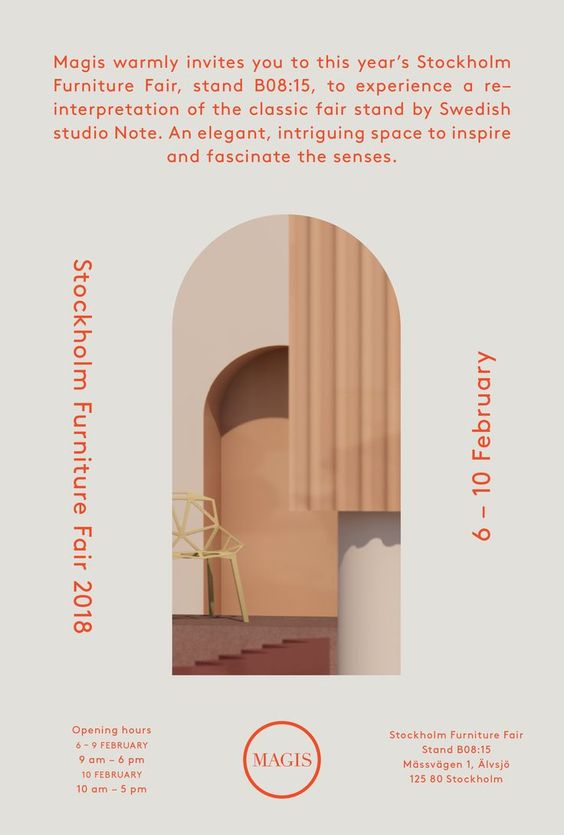
White Space
Whether you like to keep a design minimalist or you enjoy a colourful, busy feel – white space keeps your design fresh and balanced. When used strategically, having white space can boost the clarity of your design and help the elements to breathe.
Having white space surrounding information will help your audience to digest the information. Making elements smaller can frame your work and keep an easy-to-guide focal point. An easy way to manage the content within your work is to break it down into thirds. Breaking it down into thirds will create a ‘flow’ within the composition and adding white space is much easier when you have a nicely balanced piece.
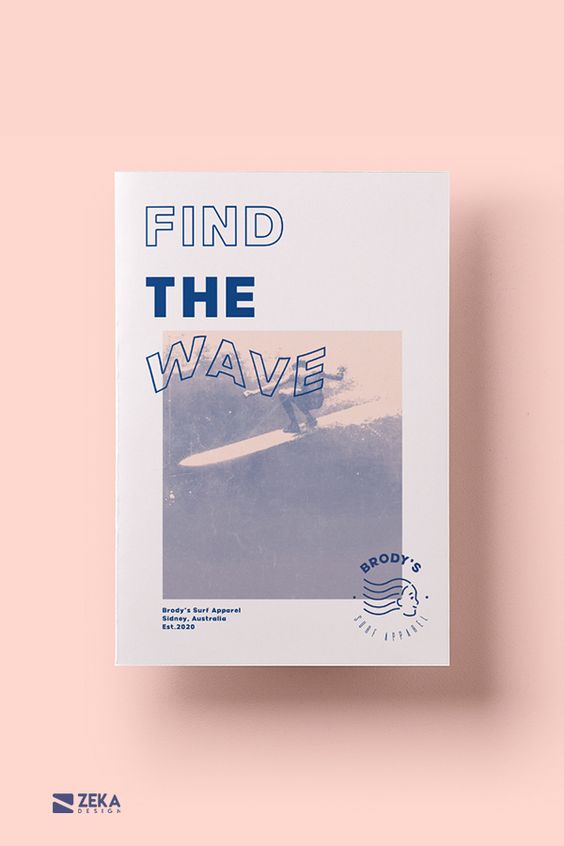
Great design is easy to get wrong but equally easy to get right. It’s important to trial and error your work and remember to go at your own pace. These rules are here to help, but don’t take them as gospel! The main part of getting your work right is to enjoy it and keep those creative juices flowing.
If you’ve been struggling with the basics, hopefully, the above tips will help you work towards a much simpler way of successful design.









